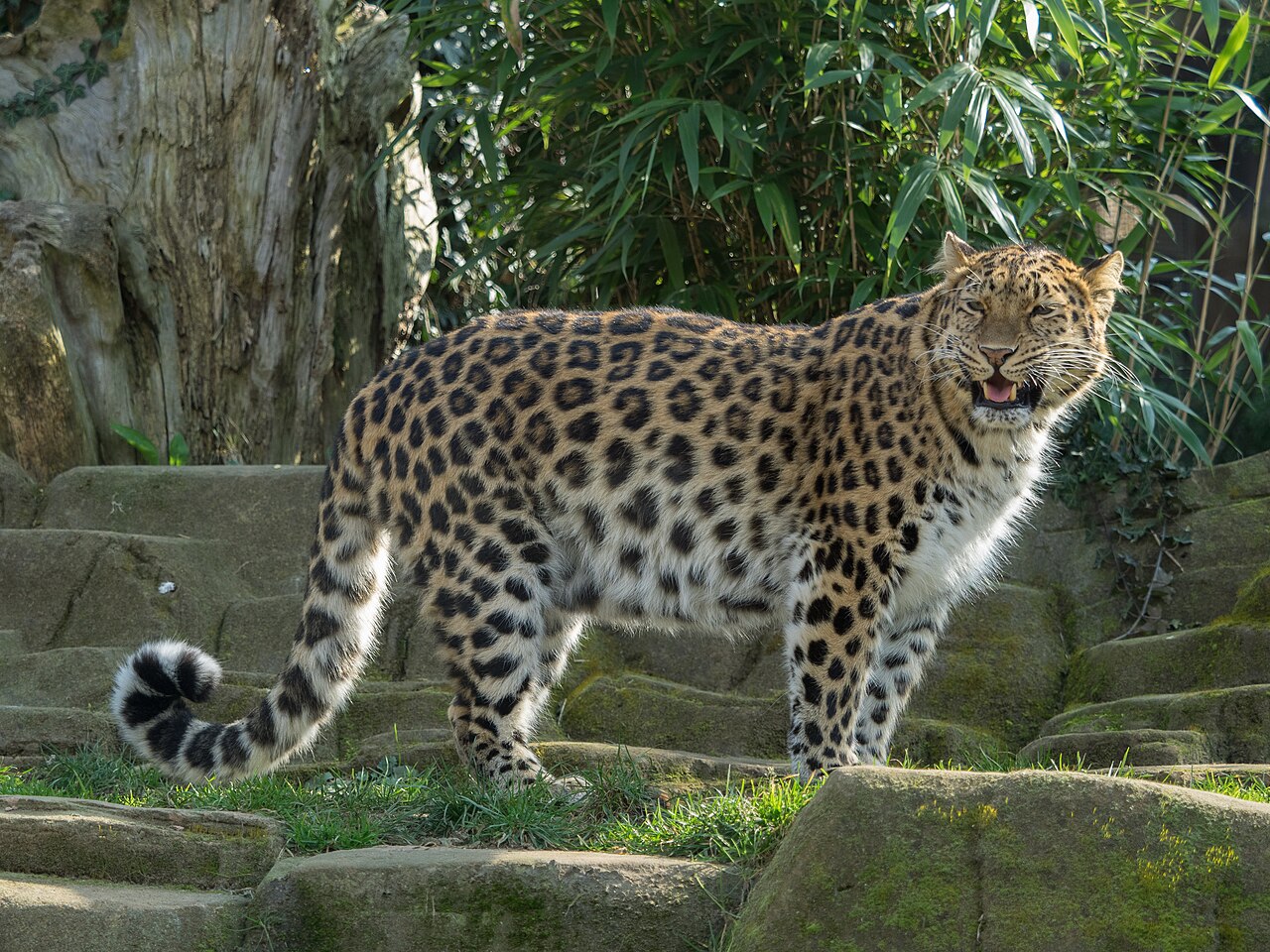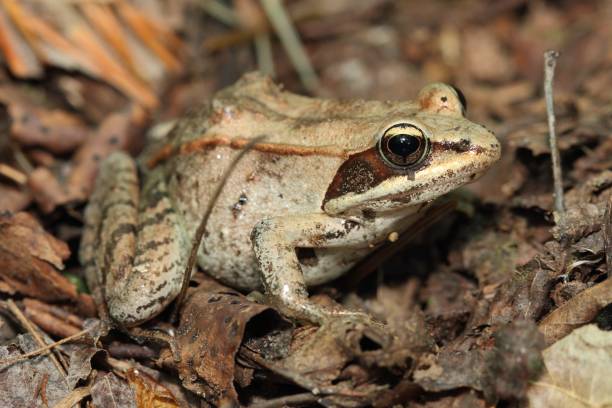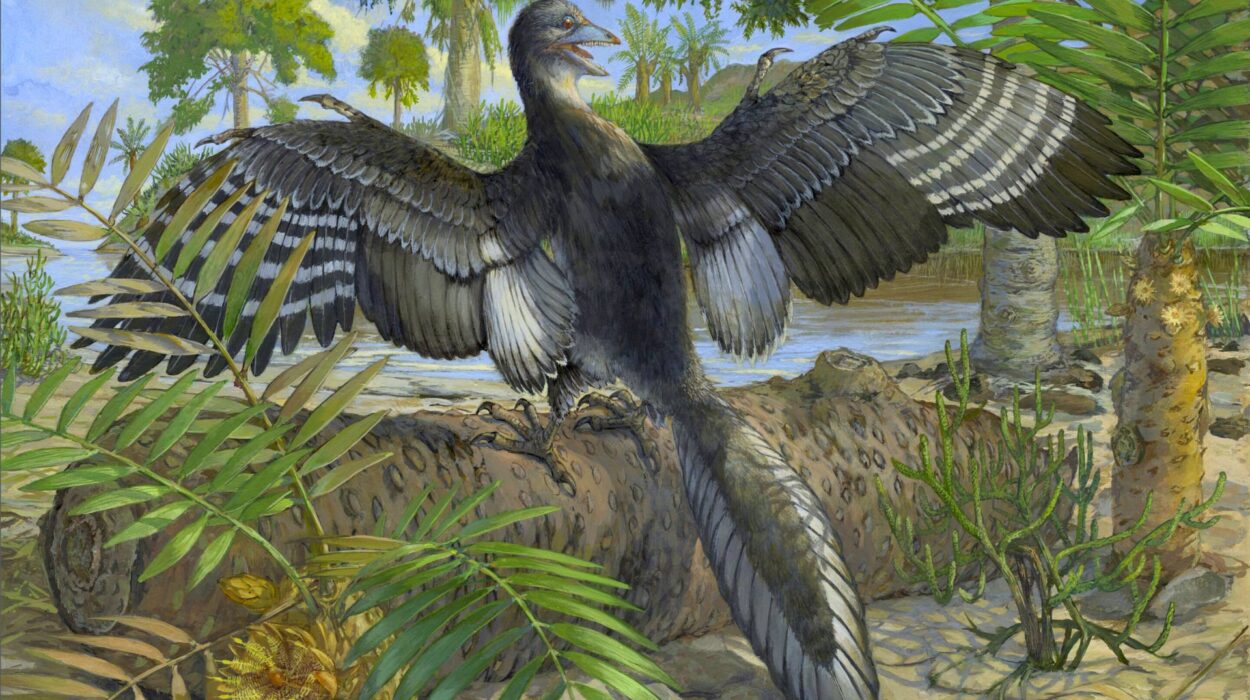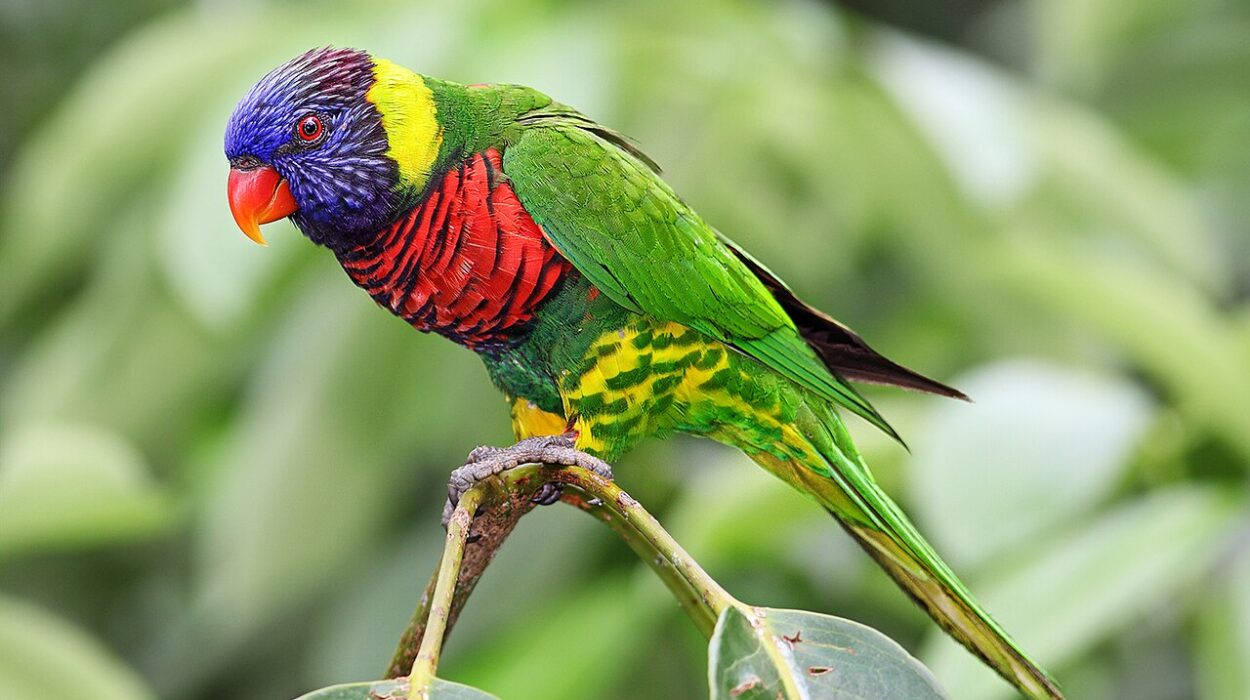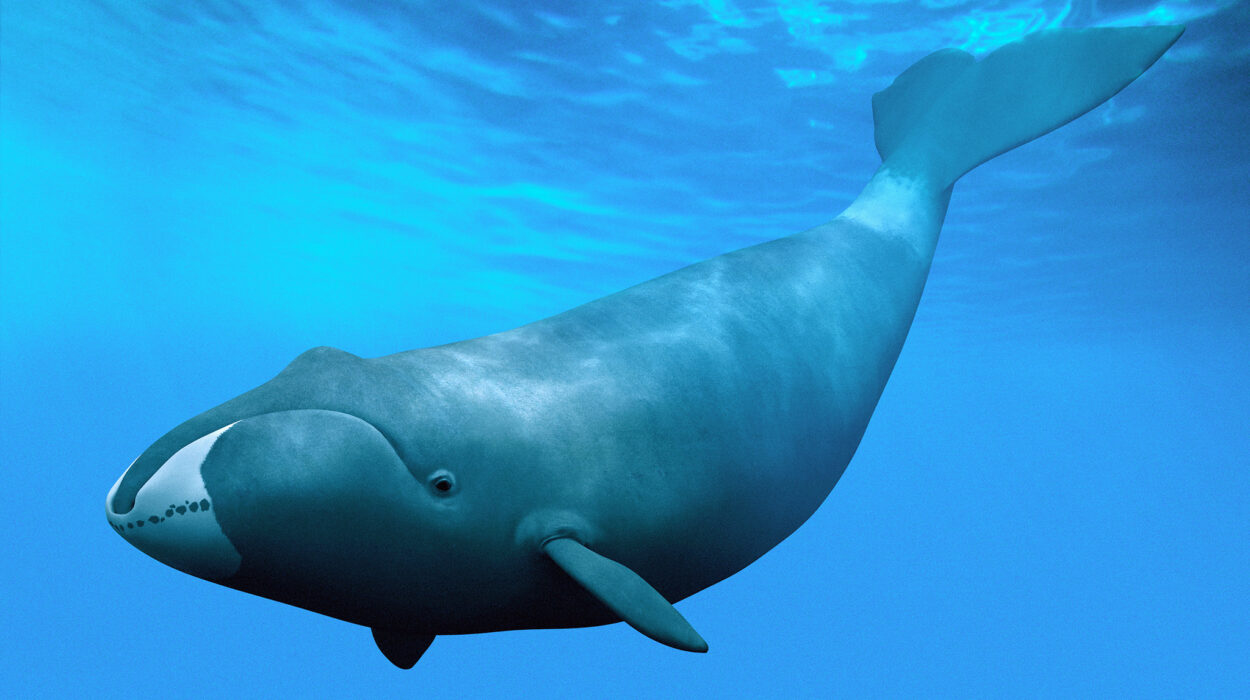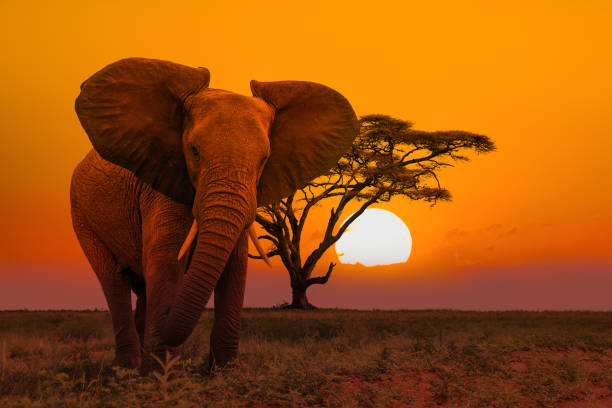In the shadowed corners of our planet, where jungles whisper ancient stories and mountains guard forgotten secrets, the heartbeat of the wild is fading. The Earth, once teeming with boundless life, now echoes with silence where roars, songs, and calls once filled the air. Every year, species that have survived for millions of years vanish forever—gone before most of us even learn their names.
Among the countless victims of deforestation, poaching, and climate change, mammals stand out not only for their intelligence and emotion but for their intimate connection to us. They are our cousins in evolution, beings who feel joy, grief, fear, and love much like we do. Yet despite their beauty and complexity, some of the most remarkable mammals on Earth now teeter on the edge of extinction.
The following are ten of the world’s most endangered mammals—creatures of wonder and grace, whose stories remind us of both the fragility of life and the power of hope.
1. Amur Leopard – The Ghost of the Taiga
In the frozen forests of the Russian Far East, where snow muffles every sound and the air itself seems to shimmer with silence, prowls a shadow so rare that even scientists call it a ghost—the Amur leopard.
With only about 100 individuals remaining in the wild, the Amur leopard (Panthera pardus orientalis) is the rarest big cat on Earth. Its coat, a masterpiece of gold and frost, is covered in widely spaced rosettes that blend perfectly with the winter landscape. But that beauty has long been its curse.
For decades, poachers hunted it for its pelt, while logging and forest fires destroyed its habitat. Its prey—roe deer, hares, and sika deer—grew scarce, pushing the leopard to starvation. And yet, the Amur leopard endures.
It survives temperatures that plunge below –30°C, leaping effortlessly across snowdrifts. It hunts alone, moving with the elegance of a spirit. Each surviving leopard carries within it the memory of a vanished wilderness. Conservation efforts, including anti-poaching patrols and protected reserves in Russia and China, have brought cautious hope. But the Amur leopard remains on the brink—its future written in the snow, one pawprint at a time.
2. Javan Rhinoceros – The Last of Its Kind
Once roaming across Southeast Asia, the Javan rhinoceros (Rhinoceros sondaicus) now survives in a single place on Earth: Indonesia’s Ujung Kulon National Park. Fewer than 80 individuals remain, making it one of the rarest large mammals alive.
The Javan rhino is smaller and more secretive than its African cousins. Its gray-brown skin folds into armor-like plates, and its single horn rarely grows longer than 25 centimeters. But what it lacks in grandeur, it makes up for in mystery.
This species has endured wars, tsunamis, and centuries of hunting. The eruption of Krakatoa in 1883 wiped out entire populations, yet somehow, the Javan rhino clung to existence.
Today, its greatest threat is not poachers—who have been largely kept at bay—but isolation. All known individuals live within one small forest, vulnerable to disease or a single natural disaster. Conservationists are working tirelessly to expand their habitat and ensure genetic diversity. But for now, the Javan rhino walks a razor’s edge between survival and extinction.
3. Sumatran Orangutan – The Forest Philosopher
Deep in the emerald rainforests of Sumatra, a pair of amber eyes peers down through the leaves. They belong to an orangutan—a creature whose gaze feels almost human, as if centuries of wisdom lie behind it.
The Sumatran orangutan (Pongo abelii) is critically endangered, with fewer than 14,000 left in the wild. These great apes share 97% of our DNA, yet their lives are vanishing before our eyes.
Logging, palm oil plantations, and illegal hunting have shredded their forest homes into fragments. Mothers are often killed by poachers trying to capture their babies for the illegal pet trade. Those who survive find themselves clinging to the last remnants of jungle canopy, isolated and starving.
Orangutans are thinkers and builders. They make tools from sticks, fashion umbrellas from leaves, and construct new nests each night high in the trees. They live slowly and deliberately, raising one child every 8–9 years—the longest interval of any mammal besides humans.
Their intelligence is profound, their empathy deep. To lose them would be to silence one of nature’s most thoughtful voices. Conservation projects, including forest restoration and sanctuaries, are giving hope—but time is slipping away.
4. Vaquita – The Sea’s Smallest, Most Fragile Soul
In the blue heart of Mexico’s Gulf of California lives the most endangered marine mammal on Earth—the vaquita (Phocoena sinus). This tiny porpoise, barely five feet long, has skin like silver moonlight and dark rings around its eyes that make it look perpetually curious.
But curiosity can no longer save it. As of recent estimates, fewer than ten vaquitas remain.
Their demise is entirely human-made. The vaquita’s home waters are filled with illegal fishing nets meant to catch the totoaba, a large fish prized for its bladder, which is sold on the black market in China. Vaquitas, unable to escape these “ghost nets,” drown silently beneath the waves.
Scientists have fought desperately to save them—banning gillnets, establishing marine protected areas, and patrolling with the Mexican navy—but enforcement remains weak. Every death brings the species closer to oblivion.
The vaquita’s story is heartbreaking not because of its inevitability, but because it represents our power—and failure—to protect the vulnerable. If it disappears, it will be the first marine mammal extinction of the 21st century. Its loss will echo through the ocean like a broken song.
5. Mountain Gorilla – The Gentle Giant of the Mist
High in the cloud-draped forests of the Virunga Mountains, where silver mists weave through bamboo groves, lives a creature whose presence humbles all who encounter it—the mountain gorilla (Gorilla beringei beringei).
These massive yet gentle beings, with deep brown eyes and immense strength, share 98% of our DNA. Only about 1,000 remain, living in the border regions of Rwanda, Uganda, and the Democratic Republic of Congo.
For decades, mountain gorillas were hunted, trapped, and driven from their homes by conflict and deforestation. Yet their resilience is astounding. Under the watchful protection of park rangers and conservationists, their population has begun to slowly recover—a rare success story amid extinction.
Gorillas are profoundly social and emotional. They form close family groups led by a silverback male, showing affection through touch and sound. Mothers cradle their infants with tenderness, and young gorillas play and laugh with genuine joy.
When you look into a gorilla’s eyes, you see intelligence, empathy, and a haunting recognition. Saving them means more than preserving a species—it means protecting a mirror to our own soul.
6. Sumatran Tiger – The Last Roar of an Island
In the shadowy jungles of Sumatra, the last island tiger walks alone. The Sumatran tiger (Panthera tigris sumatrae) is the smallest of all tiger subspecies, but its spirit burns fierce and untamed. Fewer than 400 remain in the wild.
Their striped coats blend perfectly with the dense foliage, making them nearly invisible. But even invisibility can’t save them from chainsaws and bullets.
Palm oil plantations have devoured their forests, leaving tigers isolated and vulnerable. Poaching continues, driven by the illegal trade in tiger parts used in traditional medicine. Each death tears a hole in the fabric of an ecosystem that has already been pushed to its limit.
Yet, there is hope. Conservationists have created protected reserves and patrols to guard tigers from poachers. Each sighting, each surviving cub, is celebrated like a miracle.
The Sumatran tiger is more than a predator—it’s a guardian of the jungle. Where tigers thrive, forests thrive. Where forests thrive, life endures. The fate of this tiger is the fate of its island, and perhaps of us all.
7. Saola – The Asian Unicorn
Few creatures are as mysterious as the saola (Pseudoryx nghetinhensis), a rare forest-dwelling mammal found only in the Annamite Mountains of Laos and Vietnam. Discovered by scientists in 1992, it was hailed as one of the most extraordinary zoological discoveries of the 20th century.
Yet, within just a few decades, it has become one of the most endangered mammals on Earth. Fewer than 100 individuals are believed to remain, and none survive in captivity.
The saola resembles an antelope, with slender horns and a gentle face. But its secretive nature has made it almost impossible to study. It avoids human contact entirely, moving silently through misty forests that are now vanishing to logging and agriculture.
Traps meant for wild pigs and deer have become death sentences for saolas. Their numbers continue to dwindle, unseen and unheard.
The saola’s very elusiveness adds to its mystique—a creature so rare that it has earned the nickname “the Asian unicorn.” Whether we can save it depends on our ability to protect what remains of its forest home before it fades into legend.
8. Cross River Gorilla – The Forgotten Cousin
While mountain gorillas have gained international attention, their lesser-known relatives, the Cross River gorillas (Gorilla gorilla diehli), live largely unnoticed—and in peril.
Found only in a small region along the border of Nigeria and Cameroon, fewer than 300 remain. These gorillas inhabit rugged mountains and dense forests, areas long threatened by logging and agriculture.
Because of their isolation, Cross River gorillas are shy and avoid humans. They have never been studied as closely as other subspecies, and every photograph or sighting is precious. Their DNA shows that they have been genetically separated for thousands of years, making them a unique evolutionary treasure.
Conservation efforts are underway, but time is short. Habitat corridors are being created to connect isolated populations, allowing them to interbreed and strengthen their genetic diversity. For these gorillas, survival depends not only on protection but on connection—a lesson that echoes for all life on Earth.
9. Northern Hairy-Nosed Wombat – The Hidden Survivor
In the arid grasslands of Queensland, Australia, lives one of the world’s rarest marsupials—the northern hairy-nosed wombat (Lasiorhinus krefftii).
Once widespread across Australia, they now survive in just one small protected area: Epping Forest National Park. The entire species numbers fewer than 350 individuals.
These burrowing creatures are shy, nocturnal, and surprisingly large—some weighing over 30 kilograms. Their thick fur and muscular bodies are perfectly adapted to digging intricate tunnel systems. But habitat loss, drought, and competition with livestock pushed them to the brink of extinction.
Dedicated conservation efforts, including predator-proof fencing and supplemental feeding during dry seasons, have slowly increased their numbers. Each birth is celebrated as a victory.
The northern hairy-nosed wombat is a symbol of quiet endurance—a reminder that even the most unassuming creatures deserve the right to live and thrive.
10. Black-Footed Ferret – The Comeback Kid
Once declared extinct, the black-footed ferret (Mustela nigripes) has one of the most remarkable comeback stories in conservation history. Native to North America’s grasslands, this small predator depends almost entirely on prairie dogs for food and shelter.
By the 1980s, widespread prairie dog eradication and disease had nearly wiped them out. Then, in 1981, a small surviving colony was discovered in Wyoming. Scientists captured the last few individuals and launched an ambitious breeding and reintroduction program.
Today, around 300 ferrets live in the wild, scattered across several U.S. states, Canada, and Mexico. They still face threats from habitat loss and disease, but their return is proof of what science and determination can achieve.
Each ferret is a fighter—a symbol of resilience against impossible odds. Their story is a beacon of hope in a world where extinction too often seems irreversible.
The Deeper Meaning: Why Their Survival Matters
Every one of these mammals—whether mighty or miniature, fierce or gentle—plays a role in the great web of life. Their loss would unravel ecosystems, silence ancient voices, and impoverish the planet’s soul.
When a tiger disappears, an entire forest trembles. When a vaquita dies, the ocean loses part of its song. These animals are not just symbols of wilderness—they are living proof of nature’s brilliance and balance.
To protect them is to protect ourselves. Healthy ecosystems purify air, water, and soil; they regulate climate and provide the foundation for all human life. In saving the world’s most endangered mammals, we are ultimately saving the Earth’s heartbeat—our own.
A Glimmer of Hope
Though the challenges are vast, hope endures. Around the world, conservationists, scientists, and ordinary people are fighting to protect endangered mammals through habitat restoration, anti-poaching efforts, and global awareness campaigns.
Rewilding programs are bringing animals back to their ancestral homes. Sanctuaries are giving orphans a second chance. Communities are learning that protecting wildlife can also mean protecting livelihoods.
The fate of these species lies in our hands—but so does the power to change their story. The Amur leopard’s tracks in the snow, the whisper of a gorilla’s breath, the flash of a tiger’s eyes—all remind us that life, even when fragile, can be fiercely persistent.
The Final Word
Extinction is forever, but hope is not lost. The story of the Earth is still being written, and in that story, we are both the cause of crisis and the keepers of redemption.
The ten endangered mammals you’ve just met are more than statistics—they are living chapters in the epic of life. To fight for them is to honor the beauty and intelligence of creation itself.
Someday, perhaps, the forests will echo again with the songs of birds and the roars of tigers. The oceans will shimmer with the laughter of porpoises. The wild will breathe freely. And we will know that we stood up for the voiceless, preserving not just species, but the soul of the world.
